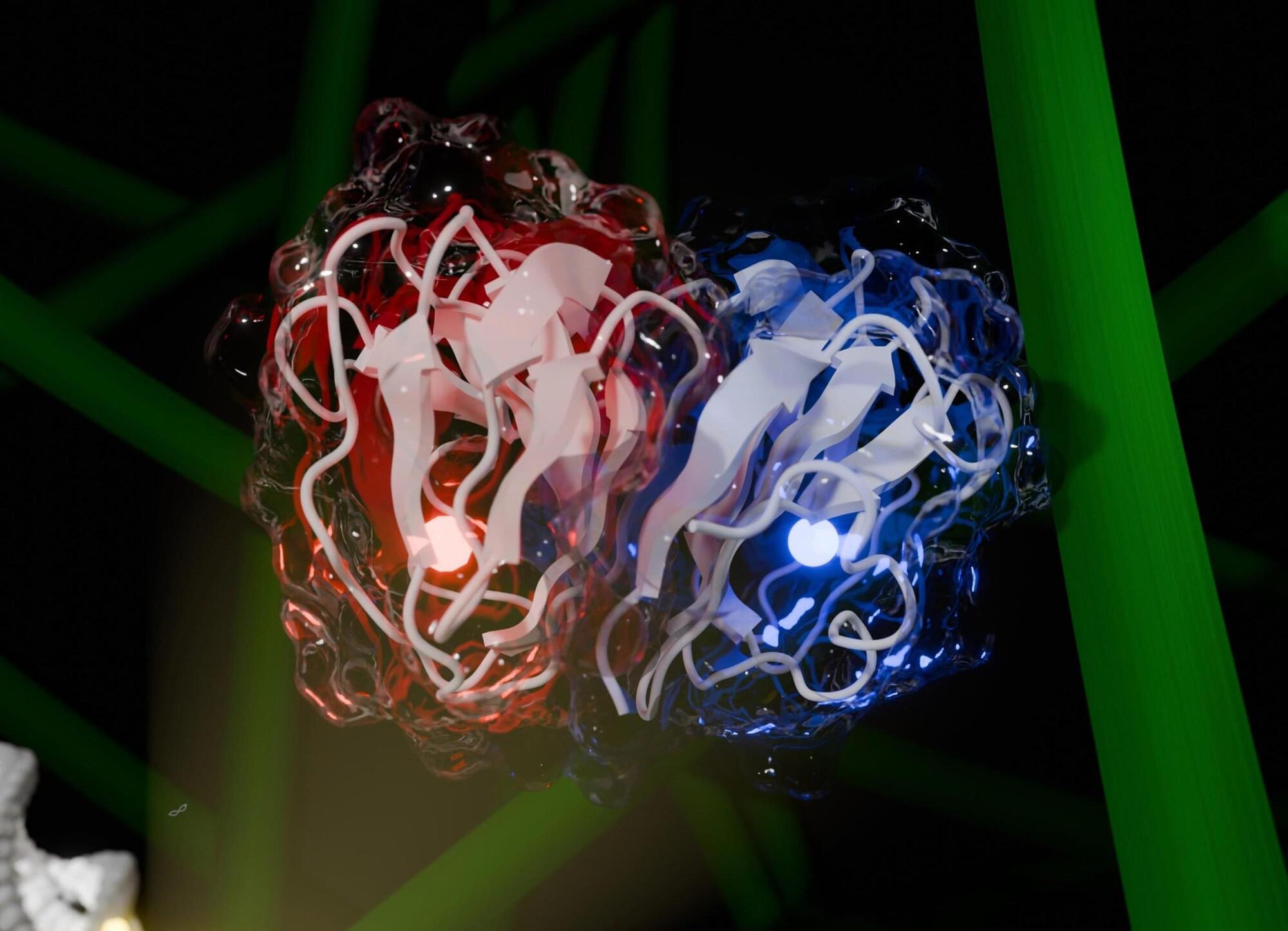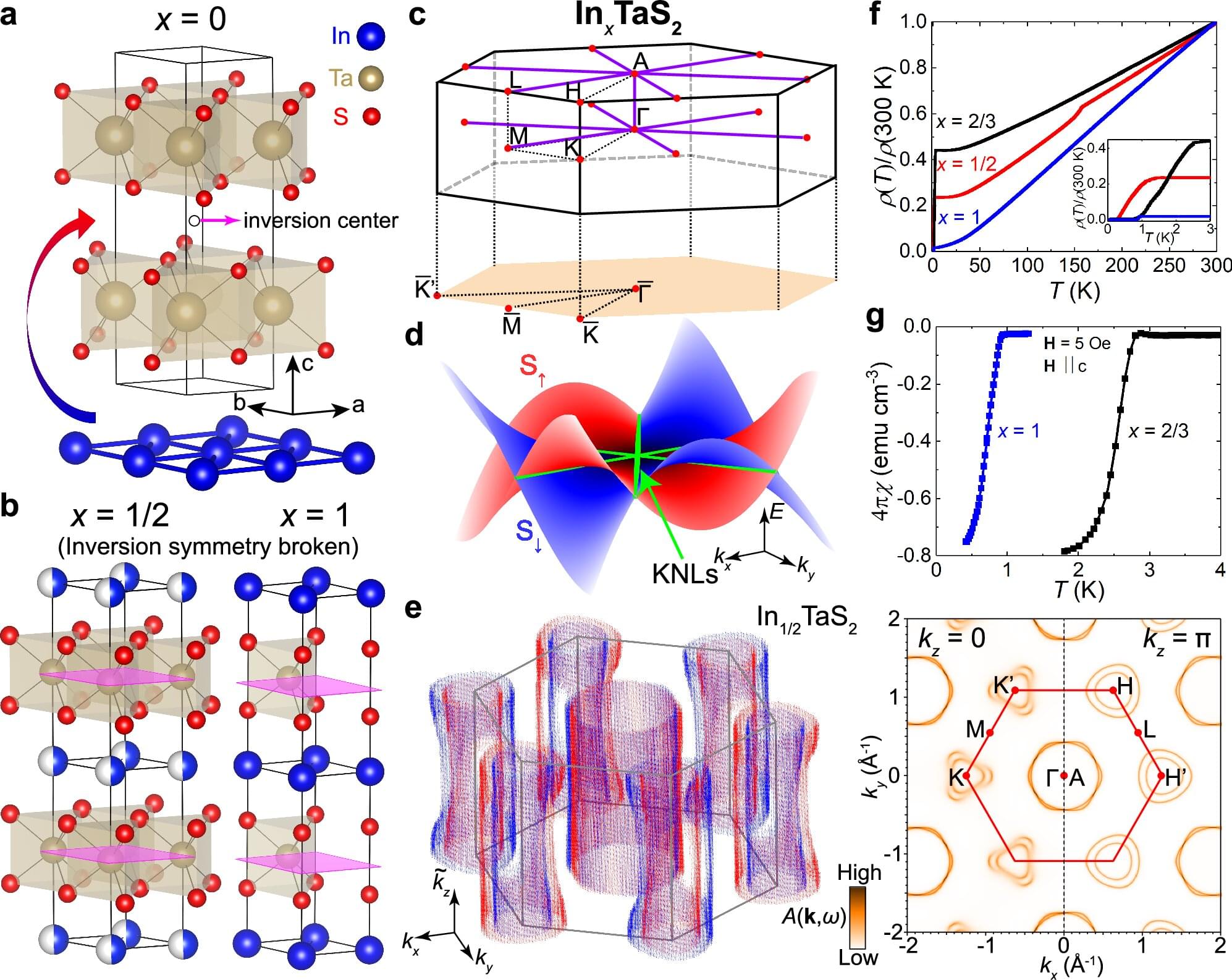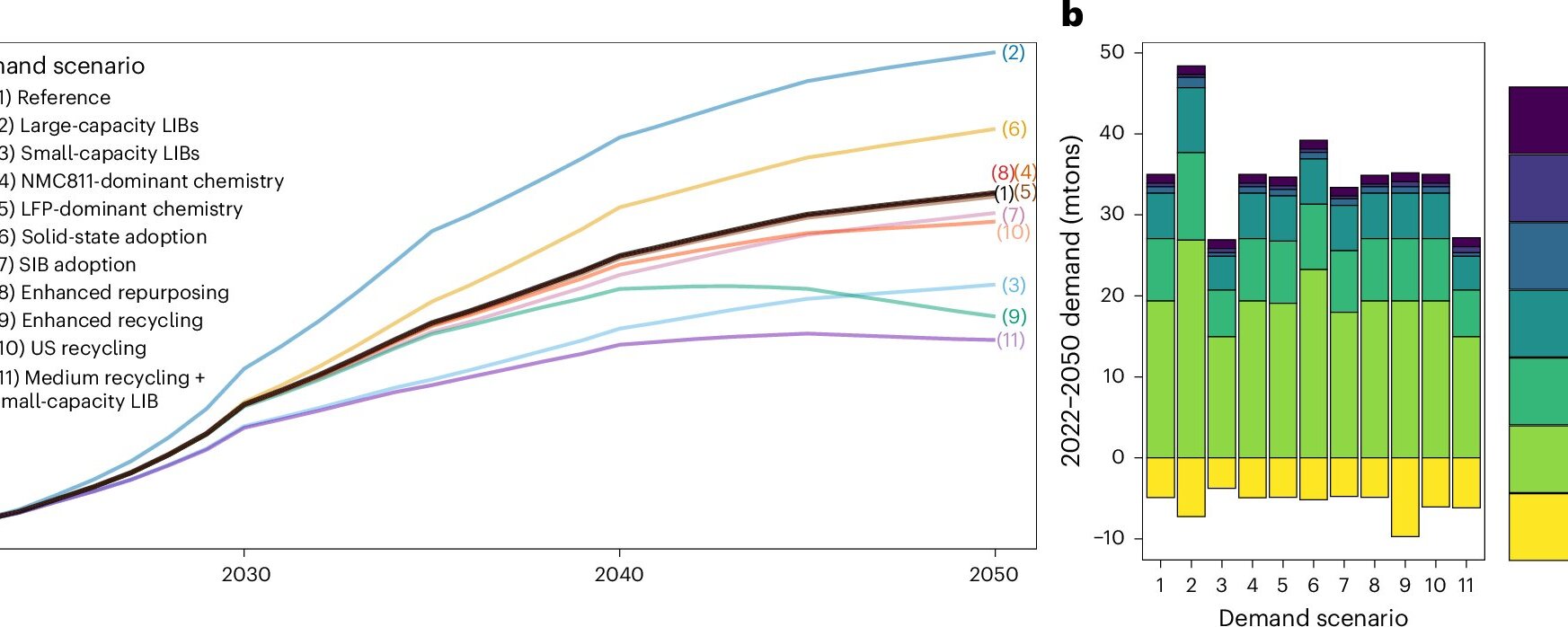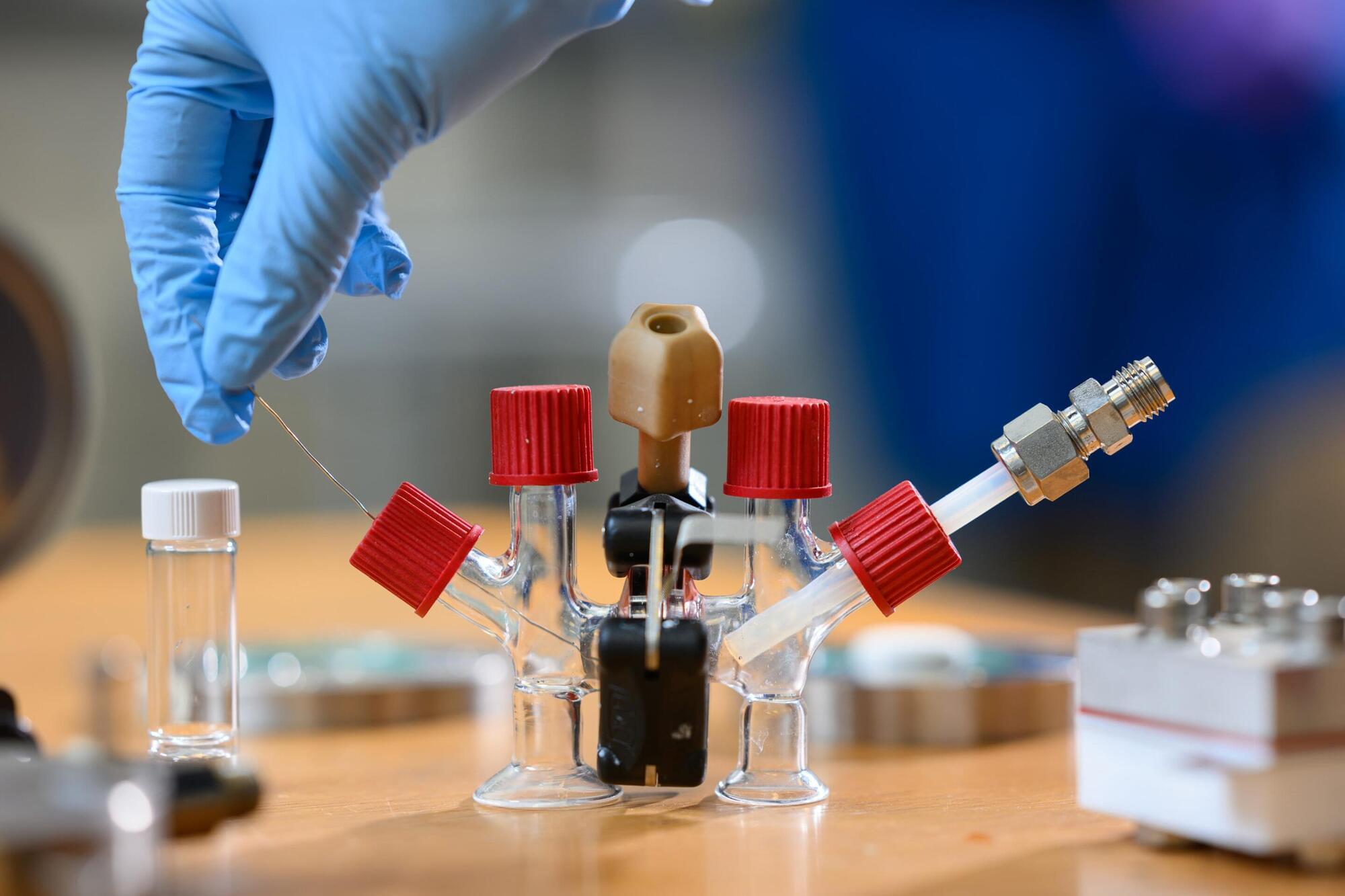Artificial photosynthesis is a technology with immense potential that aims to emulate the natural photosynthetic process. The process of natural photosynthesis involves the conversion of solar energy into chemical energy, which is stored in organic compounds. Catalysis is an essential aspect of artificial photosynthesis, as it facilitates the reactions that convert solar energy into chemical energy. In this review, we aim to provide an extensive overview of recent developments in the field of artificial photosynthesis by catalysis. We will discuss the various catalyst types used in artificial photosynthesis, including homogeneous catalysts, heterogeneous catalysts, and biocatalysts.








